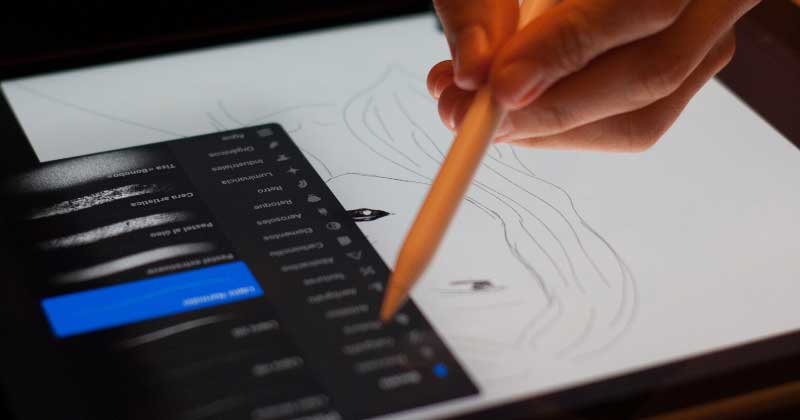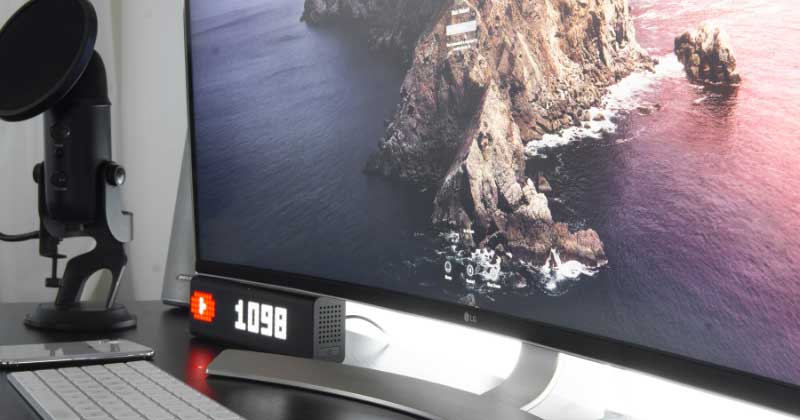
Outsourcing Your Graphic Design: Things to Look Out For
Reality check: when it comes to websites, apps, or media on the internet, which ones do you click first?
The attractive-looking ones, right? The ones that look polished, professionally made, or seem like they have had a lot of careful consideration put into them. 65% of online users skip ads if given the option, and the ones who don’t immediately skip will give an ad 5-7 seconds to sell them on a brand – a very brief window, considering most ads usually run 15 to 30 seconds.
Let that sink in.
Display ads aren’t faring much better, either; 47% of global consumers use one more form of ad blocking, which completely shuts down any advertisements from reaching potential clients. This means that a lot of money goes into advertising that doesn’t even reach the proverbial front door of nearly half of the global consumer population.
It’s not all dire, of course. There are ways to work around the movement of collective refusal to engage in marketing tactics – and the solution isn’t to make your marketing more aggressive.
The answer lies in the presentation of your branding.
THE IMPORTANCE OF VISUAL MEDIA
Visuals are the forefront of internet interaction – an astounding 1.8 billion digital images are uploaded and shared on the world wide web every 24 hours. And there’s always room for more; the use of media-sharing apps like TikTok, Instagram, and Twitter shows no signs of slowing down, with more and more accounts created daily.
So what’s the takeaway here?
Smart visuals could market your product better than you might expect. Remember, the internet is predominantly visual, but it’s also highly curated, and if you don’t catch someone’s attention right away, you might as well kiss that client goodbye. Graphics bridge that gap.
In saying smart visuals, we don’t just mean sleek production. For example, some products are better marketed with internet memes – arcane pop culture in-jokes that are shared organically from one user to another – to better increase exposure. Deliberately lowered video or image quality is also a tactic used by internet-savvy marketers to appeal to a sense of nostalgia in older consumers, or to tickle curiosity in Gen Z and millennial sensibilities.
The bottom line, however, is that these graphics are all carefully designed to appeal to a very specific consumer base. A single well-designed website (and smart social media networking) could do the heavy lifting for your brand and cost you less than a full-blown marketing campaign involving various ad types and media production.
OUTSOURCING YOUR GRAPHIC DESIGN
The deepening integration of constant connectivity has given rise to new industries, and the graphic design industry is one instance. It’s a uniquely lucrative profession, as it doesn’t require any academic training for a graphic designer to see success; a sharp eye for design and details, and a familiarity with editing programs is often all that’s needed.
There are standards within the industry, though they remain largely unenforced, leaving it to the client to properly discern the designer’s or design team’s capacity to meet their requirements. While there’s no solid rulebook, there are some general points to check off when considering a graphic designer or team.
- PORTFOLIO – Generally speaking, no one gets into graphic design as a professional without building a portfolio first. As with any other visual arts discipline, a portfolio is a useful benchmark by which to judge a designer or team’s range: are they versatile? Do they have a specific visual signature? Would this visual signature affect your branding goals? Review their portfolio thoroughly. Any graphic design professional will be more than glad to provide you with their portfolio.
- COMMUNICATION SKILLS – Communication is important no matter what the industry is. Poor communication skills are frustrating; they also create delays that will cost you and your brand money, especially if the designer or their team fail to deliver on time. A designer with no publicly known contact details (for example, they ask for your contact details instead of providing their own) is a definite red flag you need to look out for.
- TIME MANAGEMENT – Deadlines: many businesses live and die by it. The same can be said for graphic designers; your ideal designer or team should be able to provide regular feedback and updates, not just when you ask for them. This is important, because in most cases, the graphic designer or their team is involved in brand development – that is, getting your business off the ground in the first place. If you can’t launch on your target date because the graphics aren’t done, your entire plan gets derailed, and that’s bad for your brand marketing.
These three are the main key points you need to look out for when you’re shopping for a design service for your business or brand.
IN SUMMARY
Outsourcing your graphic design is, at the core of it, not that complicated. However, it would help to have a clear vision of what you want for your brand, and to communicate that with your chosen designer. You two will be collaborating to present your brand to the rest of the world wide web, which means there must be a give and take – trust your designer with the visual aspects, and provide the necessary information needed to bring your brand to life.
Digital marketing isn’t just ad copy – it’s also presenting your brand as the best iteration of itself that it can be, and graphic design can help your brand get there.
Choose your graphic design provider wisely.
Did you like this article? Curious to learn more about this topic? Let us know in the comments what you think!




